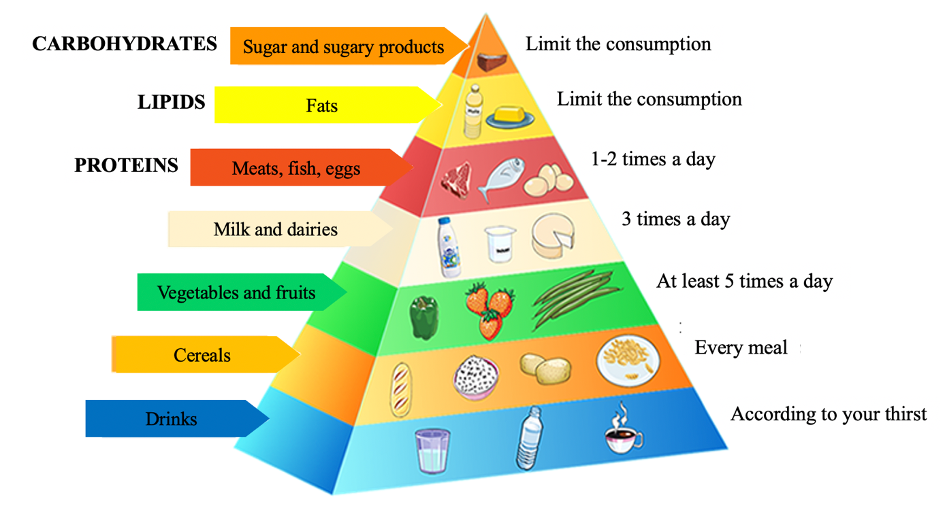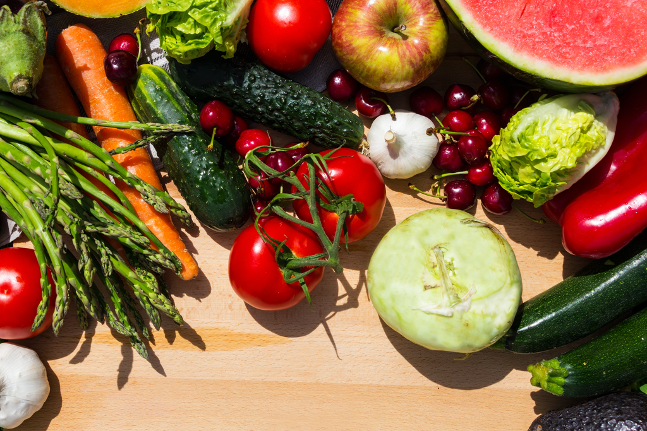Adopting a balanced diet after a heart attack is an essential step in your battle against cardiovascular risk factors. Reducing foods that are too high in fat or sugar, avoiding irregular meals, little variety and snacking, will help you lose weight, balance your diabetes and lower your cholesterol level.
A rule of thumb: eat everything, but not in excess ! Your diet should provide the amount of calorie intake that is proportional to your energy loss. Your daily diet should be controlled, but festive meals are surely possible.
The rules to maintain a balanced diet are simple:
- Have at least 5 fruits and vegetables per day
- Limit fat intake (cold cuts, butter, sauces, etc.)
- Limit your intake in sweets, soda, soft drinks, pastries
- Promote lean meats and fish
- Adapt your intake of slow energy-rich sugars (bread, pasta, rice, potatoes, etc.) to your physical activity
- Limit your alcohol consumption to 2 glasses of 10cl wine per day for women and 3 glasses for men.

To lower your bad cholesterol level, eat a balanced diet and avoid saturated fat. They are easy to recognize: they are solid at room temperature.
- Cook with vegetable fats (olive, rapeseed, walnut oil, etc.) and don’t hesitate to change!
- Promote the use of margarines for cooking, low-fat spreads, low-fat cheeses and yogurts.
If you are participating in a cardiac rehabilitation program, a dietician may offer you individual nutrition counseling after completing a dietary survey. Don’t hesitate to ask all your questions.
